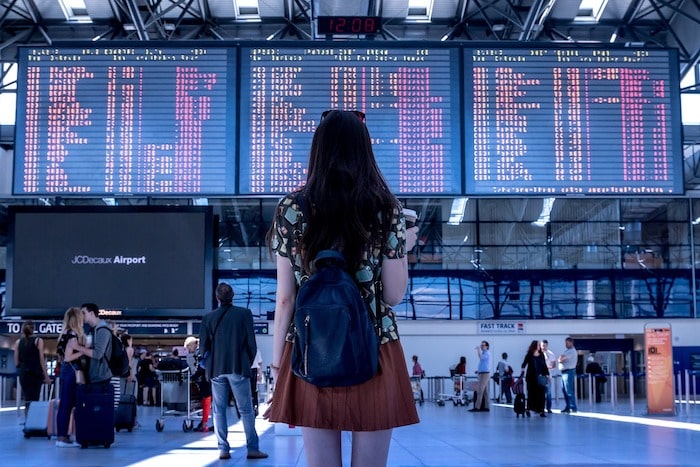
Wondering how to travel on a budget? Travelling isn’t just exclusive to those with money to spare. You don’t have to break the bank to get out there and see the world. There are plenty of ways to travel on a budget, including picking your destination wisely and timing to trip to coincide with cheaper travel periods. So, if you are looking for budget travel tips, we’ve covered you. From advanced planning to strategic timing, here’s how to travel on 50 dollars a day. Don’t forget to send us a postcard!
1. Pick the right destinations
Choosing the right travel destination will have a huge impact on whether or not you’ll be able to stick to your budget of less than $50 a day. Not all travel destinations are equal; some are far more expensive than others regarding transport, accommodation and food. You should first research how strong your country’s currency is in the destination you want to visit. Countries like Switzerland and Iceland are expensive to visit, even for Europeans, but countries like Nepal and Guatemala are ideal for budget travelling. Some of our favourite regions for travelling on 50 dollars a day are Southeast Asia, South America, and Central America.
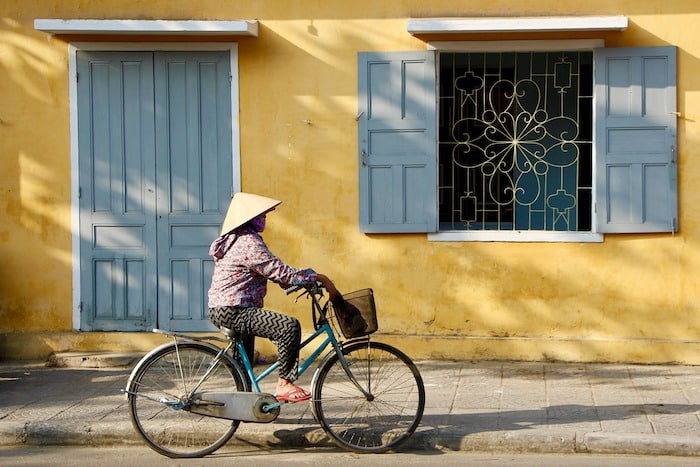
2. Visit free attractions
Admission prices can really affect your daily budget, especially at major tourist attractions. However, many cities offer free entry or pay-what-you-wish options for premier attractions, museums, galleries and performances for a select day of the month or evening hours every week. So, if you are looking for a culture fix, try to coincide your trip with the dates that there is free admission to the city’s cultural institutions.

3. Avoid peak season
During peak season, the demand is high, and prices are hiked for various services, commodities and activities. Generally, the peak season is summer – June to August in the northern hemisphere and November to February in the southern hemisphere – and Christmas and New Year’s holidays. Basically, any time children are off school. By avoiding peak season, you will enjoy fewer crowds and shorter airport and attraction queues.

4. Take overnight transport
If you’re travelling between cities, try and look for the option of overnight transport. You can often save on a train or bus ticket if you choose an overnight route since these are less popular options. This will save you one night’s accommodation and maybe even the price of a flight. In many countries, comfortable and efficient bus and train services run overnight. So, you can fall asleep in one city and wake up in another.
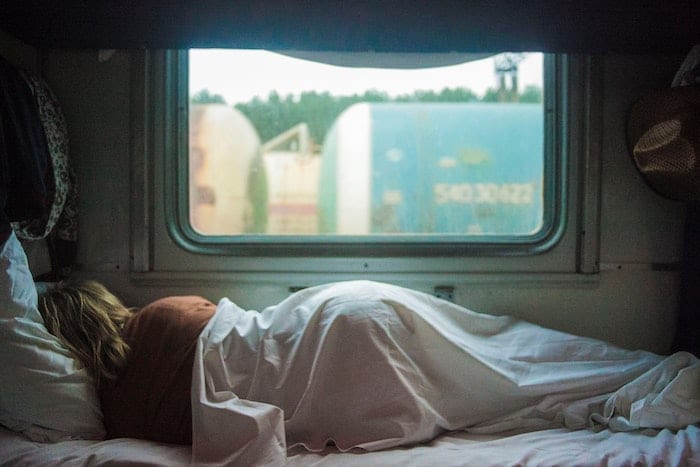
5. Eat where the locals eat
In many countries, local food is always going to be cheaper. To eat for less, head to the local food market. Most cities and towns have a weekly or even daily food market, which are the best places to find good value products. Not only is it cheap to eat at markets, but the food is usually super fresh, too. On top of that, you’ll get to see what the locals eat and observe how they interact with each other. Food markets are a great way to understand the culture and landscape of a country. Eating street food is also a great way to save money on food whilst travelling.
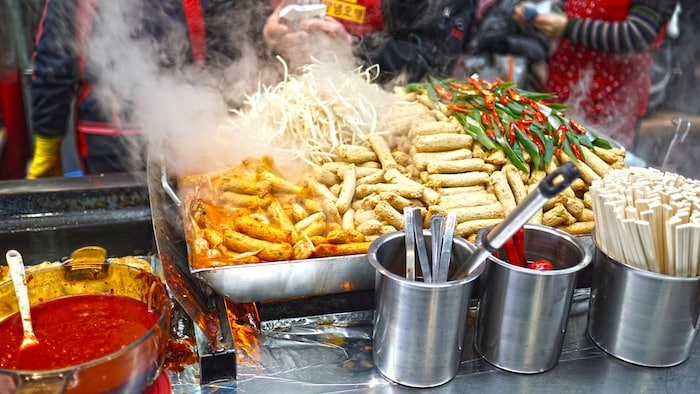
6. Travel light
Travelling light helps you to cut down on luggage expenses. Many airlines, especially the budget ones, impose extra fees for checking in a bag and sometimes for cabin baggage. These costs can add up, especially if you are planning many flights. Pack what you need and layer your clothing on the flight to save on baggage fees. Packing light also helps you get around easier, and you can always keep it with you.
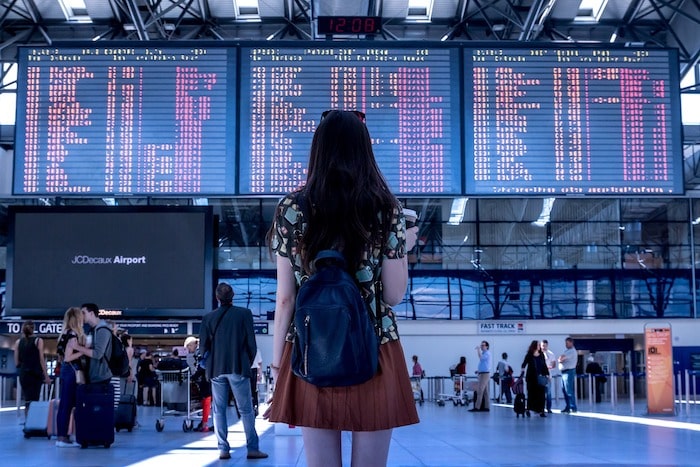
7. Walk everywhere
Walking is the cheapest transport and one of the best ways to explore a new area. If you need to go a little further, renting a bike is often cheap too. A bonus is that you’ll keep fit whilst sticking to your budget. Buses are usually the cheapest option if you have to take public transport, followed by metros, subways and trains. Taxis and Ubers are the most expensive form of transport; however, in some countries, these modes of transport are quite cheap.


